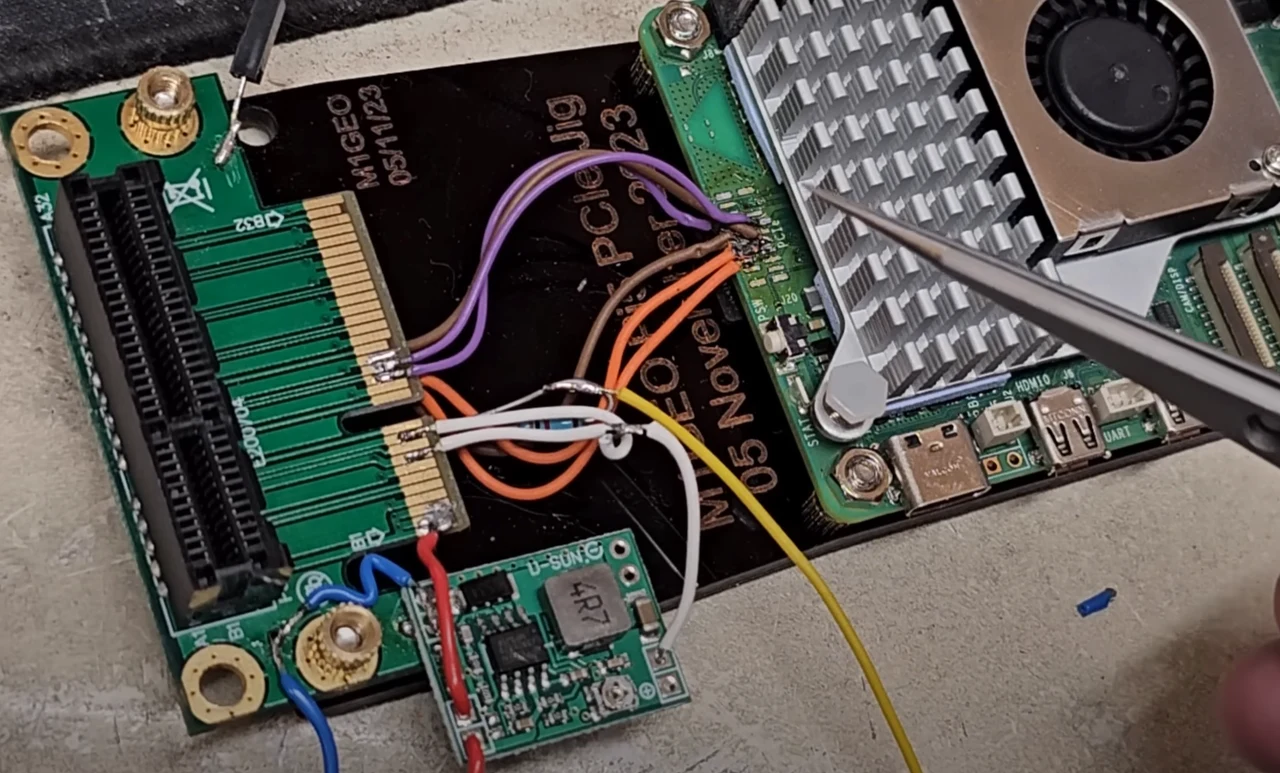
Reverse wireless charging is an innovative feature that has gained popularity in the smartphone industry over recent years. This technology allows a smartphone to act as a wireless charging pad for other devices, enabling the transfer of power from the phone to another device that supports wireless charging. Before delving into how it works and its practical applications, let’s explore the technology behind wireless charging itself.
Wireless charging, at its core, relies on the principle of electromagnetic induction. This involves the transfer of energy between two objects through an electromagnetic field. A typical wireless charging setup includes a transmitter (the charging pad) that generates an electromagnetic field and a receiver (in the device being charged) that captures energy from that field to charge the battery.
Reverse wireless charging turns the smartphone into the transmitter, allowing its built-in battery to share power with other devices. This feature leverages the smartphone’s ability to generate an electromagnetic field that can be utilized by compatible devices to draw power. It effectively turns the phone into a portable charging station, eliminating the need for carrying multiple chargers or seeking power outlets for small gadgets.
Understanding the Basics
- The Science Behind It: Reverse wireless charging works on the principle of electromagnetic induction.
Your phone houses a coil that can function in two ways. First, it acts as a receiver, drawing power from a traditional wireless charger. Second, it can reverse its role, becoming a transmitter and sending out an electromagnetic field.
- This field can be picked up by other Qi-compatible devices (the prevailing wireless charging standard), replenishing their batteries.
- What It Does: The most convenient use case is topping up smaller accessories like wireless earbuds or smartwatches. If you’ve forgotten their charging cases, your phone can act as an emergency power source.
It’s worth noting that reverse wireless charging isn’t designed to charge other phones to full capacity; it’s more of a “get you out of trouble” solution.
Pros and Cons
Benefits
- Convenience: The biggest advantage is the freedom from carrying multiple cables and chargers.
- Your phone becomes a portable power hub.
- Emergencies: It can be a lifesaver if your earbuds die during a commute or your friend’s phone battery is flat.
- Innovation: It shows the increasing sophistication of smartphone technology.
Drawbacks
- Battery Drain: Reverse wireless charging uses up your phone’s own battery, potentially shortening its runtime.
- Slow Speeds: Don’t expect lightning-fast charging; it’s much slower than traditional wired or wireless charging methods.
- Limited Compatibility: Not all devices support Qi wireless charging, restricting the range of things you can power up.
Which Phones Have It?
Reverse wireless charging is usually a feature reserved for premium, flagship smartphones.
Some notable examples include:
- Samsung Galaxy Series: Latest Models
- Google Pixel Series: Latest Models
- Huawei Mate Series: Mate 20 Pro and laterOnePlus Series: OnePlus 8 Pro and later
How to Use It
- Check Compatibility: Ensure both your phone and the device you want to charge support Qi wireless charging.
- Enable the Feature: Usually found in your phone’s battery settings (may be called “Wireless PowerShare” or similar).
- Position the Devices: Place the device you want to charge back-to-back with your phone. The exact placement of the charging coils varies between phones, so you might need to adjust slightly for optimal connection.
- Wait and Monitor: Charging will begin automatically.
- Keep an eye on your phone’s battery level.
Final Thoughts
Reverse wireless charging reflects the evolving landscape of mobile technology, emphasizing convenience and the seamless integration of devices in our daily lives. While it’s not intended to replace traditional charging methods, it offers a flexible, innovative solution for power sharing and charging on the go. As technology advances, we can expect improvements in efficiency and broader adoption across more devices, making it an increasingly indispensable feature in the ecosystem of mobile gadgets.
Image Credit: Evgeny Opanasenko
Filed Under: Android News, Guides, Mobile Phone News
Latest timeswonderful Deals
Disclosure: Some of our articles include affiliate links. If you buy something through one of these links, timeswonderful may earn an affiliate commission. Learn about our Disclosure Policy.







